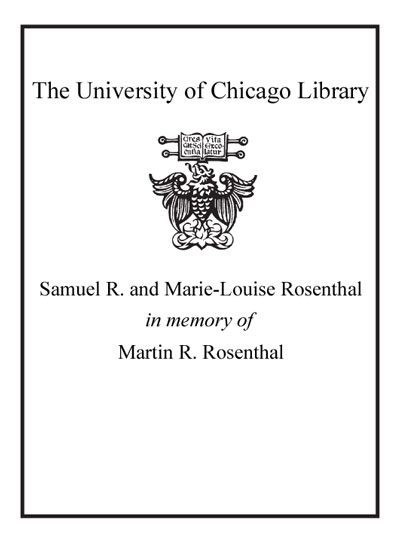The Treaty of Waitangi companion : Māori and Pākeha from Tasman to today /
Saved in:
| Imprint: | Auckland, N.Z. : Auckland University Press, 2010. |
|---|---|
| Description: | x, 422 p., [8] p. of plates : ill. (some col.) ; 24 cm. |
| Language: | English |
| Subject: | |
| Format: | Print Book |
| URL for this record: | http://pi.lib.uchicago.edu/1001/cat/bib/8434939 |
Table of Contents:
- Preface
- Acknowledgements and list of abbreviations
- A note on the entries
- Reflections on the Treaty: An Introduction
- 1. Towards a Treaty
- 1.1. Early Maori and Pakeha encounters
- 1.2. Whalers, sealers and traders
- 1.3. Maori travellers
- 1.4. Missionaries and Maori
- 1.5. Forging stronger links with the British
- 1.6. Background to the Treaty
- 1.7. Treaty texts
- 1.8. Signing the Treaty
- 2. First Steps
- 2.1. Early perceptions of the Treaty
- 2.2. The Wairau conflict
- 2.3. The Northern War
- 2.4. Early conflicts to the south and the arrest of Te Rauparaha
- 2.5. The wastelands instructions
- 2.6. Purchasing Maori lands
- 3. The Seeds of Conflict
- 3.1. New Zealand Constitution Act and settler self-government
- 3.2. The Maori economy
- 3.3. Maori-Pakeha relations
- 3.4. The emergence of the Kingitanga movement
- 3.5. The Waitara purchase
- 3.6. Kohimarama conference
- 3.7. The runanga system
- 4. The New Zealand Wars
- 4.1. The Taranaki War
- 4.2. The invasion of Waikato
- 4.3. Confiscating Maori lands
- 4.4. Pai Marire
- 4.5. Te Kooti and Titokowaru
- 4.6. 'Loyalist' responses
- 5. Maori and Pakeha After the Wars
- 5.1. The Native Land Court
- 5.2. Land dealings
- 5.3. Repudiation and other Maori responses
- 5.4. Te Whiti and the invasion of Parihaka
- 5.5. 'Opening up' the King Country
- 5.6. King Tawhiao's 1884 visit to London
- 5.7. Maori committees
- 5.8. Maori Parliament
- 5.9. Maori women's movements
- 5.10. The Maori MPs
- 5.11. Native Schools
- 5.12. Maori and the Liberals before 1900
- 5.13. Maori and Pakeha relations
- 6. A New Century
- 6.1. 'Taihoa'and its rollback
- 6.2. Maori Councils Act and the Young Maori Party
- 6.3. The Pioneer Maori Battalion
- 6.4. The Ratana faith
- 6.5. Ngata and land development
- 6.6. The return to Waitangi
- 7. Urbanisation and Assimilation
- 7.1. Centennial celebrations
- 7.2. 28 Maori Battalion
- 7.3. Settling grievances
- 7.4. Urbanisation and the 'colour bar'
- 7.5. The Hunn Report and its aftermath
- 7.6. The re-emergence of Maori protest
- 8. Maori Renaissance?
- 8.1. Nga Tamatoa and other movements
- 8.2. The 'haka party' incident
- 8.3. Waitangi Day / New Zealand Day: a day off or a rip-off?
- 8.4. The 1975 Maori land march
- 8.5. Birth of the Waitangi Tribunal
- 8.6. Takaparawha/Bastion Point
- 8.7. Raglan Golf Course
- 8.8. 1981 Springbok tour
- 8.9. The revival of te reo Maori
- 9. Upheaval and Reform
- 9.1. Mana motuhake and Maori sovereignty
- 9.2. Treaty of Waitangi Act 1985 and the Waitangi Tribunal
- 9.3. The State-Owned Enterprises cases
- 9.4. The Treaty backlash and Pakeha Treaty advocates
- 9.5. The Waitangi Tribunal and the 'h' word
- 9.6. The sesquicentenary celebrations
- 10. A New Millennium
- 10.1. Closing the gaps?
- 10.2. Orewa and its aftermath
- 10.3. Being Pakeha or becoming indigenous?
- 10.4. The past before us: walking into a Treaty future
- Bibliography
- Index

